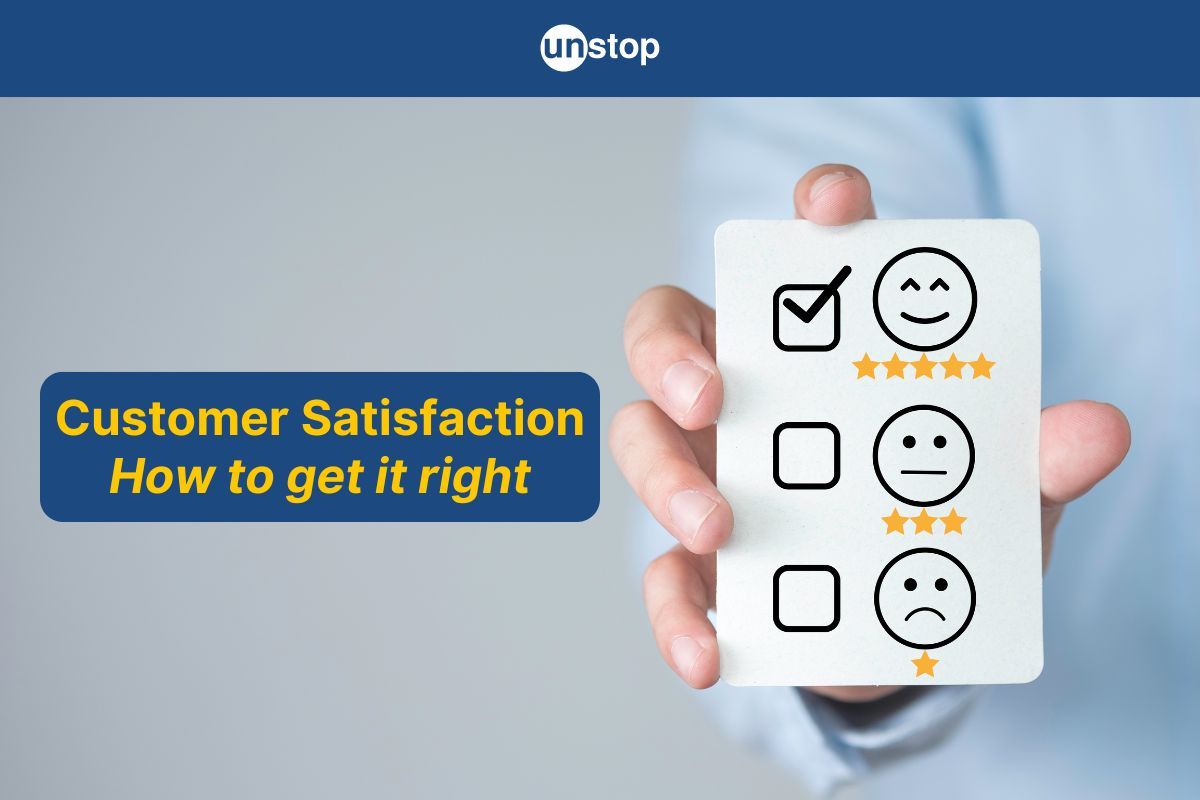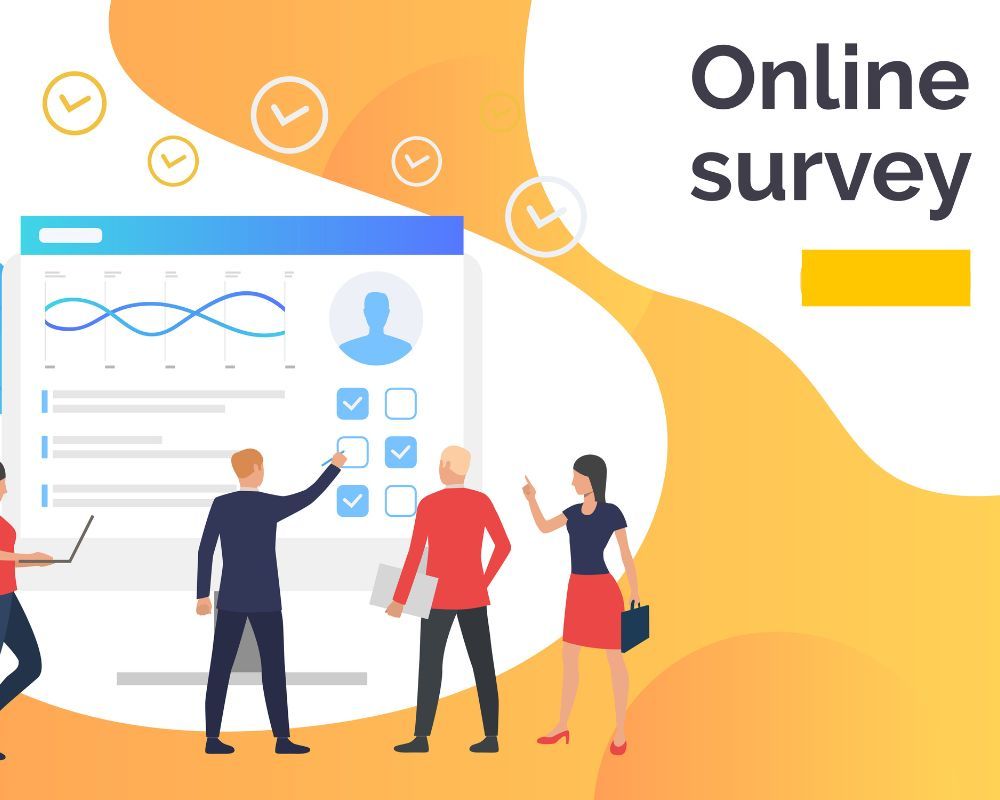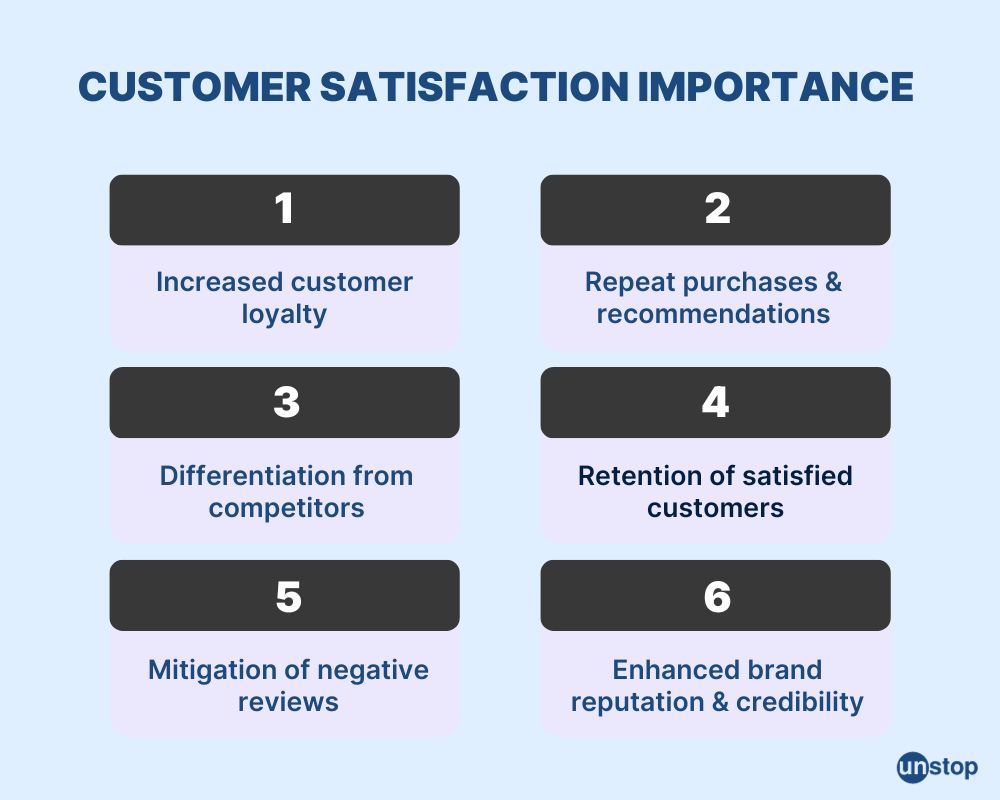- What is a Brand & Why is it Important?
- Elements of a Brand: Mission, Vision, and Values
- Types of Brands and their Significance
- Branding Strategies: Private, Multiproduct, and Mixed
- Brand Image and Its Impact on Perception
- Building a Strong Brand
- Frequently Asked Questions
- Understanding Brand Equity: Definition and Elements
- Importance of Brand Equity
- Evolution Of Brand Equity In The Digital Age
- Brand Equity in the Global Marketplace
- Measuring Brand Equity: Metrics & Methods
- Managing Brand Equity: Salient Elements
- Building & Managing Brand Equity: Best Practices
- The Future of Brand Equity
- Conclusion
- Frequently Asked Questions
- What is Brand Management?
- Importance of Brand Management
- Benefits of Effective Brand Management
- Principles of Brand Management
- Strategies for Successful Brand Management
- Brand Management vs. Marketing
- Conclusion: The Power of Brand Management
- Frequently Asked Questions
- Importance of Brand Image in Marketing
- Key Elements of a Successful Brand Image
- Brand Image vs. Brand Identity: Key Differences
- Measuring and Monitoring Brand Image
- Strategies for Maintaining and Enhancing Brand Image
- The Power of a Positive Brand Image
- FAQs
- What is Brand Awareness and its Importance?
- Benefits of Brand Awareness
- Brand Awareness Strategy: Some Tried & Tested Methods
- Some Creative Ways to Boost Brand Awareness
- Significance of Brand Awareness
- Conclusion
- Frequently Asked Questions
- Porter's 5 Forces Model: What Is It?
- Porter's 5 Forces Model: How To Use It?
- Common Barriers to Entry
- Evaluating Suppliers' Negotiating Power
- Understanding the Bargaining Power of Buyers
- Analyzing Threat of Substitute Products or Services
- Rivalry amongst Competitors (Old & New)
- Drawbacks of the Five Forces Model
- Conclusion
- Frequently Asked Questions
- How Well Do You Know Porter’s 5 Forces? Take A Quiz!
- What is Buying Motive?
- Types Of Buying Motives
- Importance Of Buying Motives
- Six Universal Buying Motives
- Identifying Buyer's Motives
- Utilizing Buying Motives In Sales
- Challenges In Interpreting Buying Motives
- Frequently Asked Questions (FAQs)
- 💸 Think You Know Buying Motives? Take A Quiz!
- Understanding the Elements and Importance of Brand Equity
- What are brand equity models?
- Comparing Keller's and Aaker's brand equity models
- Real-world examples of brand equity in action
- Strategies for building strong brand equity
- Key takeaways on brand equity models
- FAQs
- Mastered Brand Equity Models? Prove It!
- What Is Brand Positioning?
- The Importance of Brand Positioning for Businesses
- Creating A Brand Positioning Strategy: Step-By-Step Process
- Measuring the Success of Your Brand's Positioning
- Examples of Strong Brand Positioning in the Market
- Types of Brand Positioning Strategies
- Social Media Engagement: A Key Positioning Strategy
- What Makes a Good Brand Positioning Strategy?
- Conclusion
- Frequently Asked Questions
- Quick Quiz to Test Your Knowledge of Brand Positioning!
- Brand Personality: Definition & Importance
- How to Define Your Brand Personality?
- Choosing Your Brand Personality Attributes
- Dimensions of Brand Personality Framework: The Aaker Model
- Incorporating Core Values Into Your Brand Personality
- Examples of Brand Personalities in Action
- Conclusion
- Frequently Asked Questions
- Brand Personality Quiz– Let's Go!
- What is Brand Identity?
- What are the Key Components of Brand Identity?
- Importance & Benefits Of Brand Identity
- Importance of Unique Visual Elements in Brand Identity
- Communication Style and Tone of Voice in Brand Identity
- Steps on How to Create a Brand Identity
- Brand Identity Example- Coca-Cola
- Examples of Strong Brand Identities in Different Industries
- Consistency in Online and Offline Branding
- Conclusion
- Frequently Asked Questions (FAQs)
- Think You Know Brand Identity? Take A Quiz!
- Brand Identity Prism: Understanding The Concept
- Role Of Culture In Brand Identity Prism
- Brand Identity Prism: Visualizing The Sender & Receiver
- Benefits Of Brand Identity Prism
- Examples Of Brand Identity Prism In Action
- Brand Identity Prism: Key Takeaways
- Frequently Asked Questions
- Take This Brand Identity Prism Quiz!
- What is Market Segmentation?
- Importance of Market Segmentation
- The Market Segmentation Process
- Types of Market Segmentation
- Common Challenges in Implementing Market Segmentation
- Overcoming Challenges in Market Segmentation
- Conclusion: Understanding The Impact
- Frequently Asked Questions (FAQs)
- Test Your Market Segmentation Knowledge– Take This Quiz!
- What is Brand Loyalty? Meaning & Significance
- Characteristics of Brand Loyalty
- Measuring and Tracking Brand Loyalty
- Importance of Brand Loyalty for Companies
- Brand Loyalty Examples and Types
- Strategies for Building Brand Loyalty
- Differentiating Brand Loyalty from Customer Loyalty
- Conclusion: The Power and Importance of Brand Loyalty
- Frequently Asked Questions
- Think You Know Brand Loyalty? Take A Quiz!
- Brand Extension Meaning
- Brand Extension Types
- Understanding Brand Line Extension vs. Brand Extension
- The Impact and Potential of Brand Extension
- Successful and Unsuccessful Brand Extensions Examples
- Summing Up
- Frequently Asked Questions
- Quiz– Test Your Brand Extension!
- Step-by-step guide on how to build a brand from scratch
- Benefits of a Strong Brand
- Examining Successful Brand-Building Examples
- Summing up
- Frequently Asked Questions
- Know How to Build a Brand? Prove it With This Quiz!
- What is Marketing Mix?
- Understanding the 4 Ps of Marketing
- The Seven Ps of Marketing
- Implementing the Marketing Mix in Business
- Amul: Example of Successful Marketing Mix Implementation
- Exploring Alternative Marketing Mix Models
- Conclusion
- Frequently Asked Questions (FAQs)
- Mastered the Marketing Mix! Test Your Knowledge Now
- Defining Brand Value and its Importance
- Measuring Brand Value
- Factors that Make a Brand Valuable to Customers
- Examples of Brand Value from Real World
- Brand Value Versus Brand Equity
- The Impact of Brand Value on Business Marketing Strategies
- Conclusion: The Significance of Brand Value
- Frequently Asked Questions
- How Much Do You Know About Brand Value? Take This Quiz!
- Definition Of Co-Branding
- Different Types Of Co-Branding
- Benefits & Advantages Of Co-Branding
- Strategies For Successful Co-Branding Partnerships
- Notable Successful Co-Branding Examples
- Factors Influencing Co-Branding Success
- Frequently Asked Questions (FAQs)
- Co-Branding Quiz: Test Your Expertise!
- What is a Target Market?
- Importance of Target Market: Why Do We Need It?
- Types of Target Market
- The Target Marketing Process
- Primary Research for Target Markets
- Leveraging Target Market Segmentation for Sales
- Conclusion
- Frequently Asked Questions (FAQs)
- 🎯 Do You Know Your Target Market? Take the Quiz!
- Importance of Understanding Consumer Decisions
- Traditional vs Contemporary Consumer Behaviour Model
- Traditional Models of Consumer Behaviour
- Learning Model of Consumer Behaviour
- Psychoanalytical Model of Consumer Behaviour
- Sociological Model of Consumer Behaviour
- Economic Model of Consumer Behaviour
- Contemporary Models of Consumer Behaviour
- EKB Model of Consumer Behaviour
- Black Box Model of Consumer Behaviour (Stimulus-Response Consumer Behaviour Model)
- Howard Sheth Model of Consumer Behaviour
- Hawkins-Stern Model of Consumer Behavior
- Webster and Wind Model
- Nicosia Model of Consumer Behaviour
- How to Select a Consumer Behaviour Model?
- Final Remarks
- Frequently Asked Questions
- 🛍️ Consumer Behavior Models Quiz: Test Your Knowledge!
- What is a Consumer?: Definition & Role
- The Evolution of the Term "Consumer"
- Consumer Behavior
- Different Types of Consumers
- Consumers' Motivation for Buying
- Relationship Between Businesses and Consumers
- Consumer Rights in India
- Current Challenges for Consumers
- The Future of Consumers in a Digital Age
- Final Remarks
- Frequently Asked Questions (FAQs)
- 🛍️ Consumer or Customer? Test Your Knowledge!
- What is a Market Structure?
- Types of Market Structures
- How Markets Work
- Significance of Different Types of Market
- Summing Up
- Frequently Asked Questions
- 🏪 Market Structures 101: Take the Quiz!
- Understanding the Concept of Corporate Branding
- Importance and Advantages of Corporate Branding
- Researching Competitor Brands
- Implementing Effective Corporate Branding Strategies
- Successful Corporate Branding Examples: Alphabet, Walmart & SAP
- Impact and Success of Corporate Branding
- Conclusion
- Frequently Asked Questions
- 🏢 Corporate Branding Quiz: Test Your Knowledge!
- Perception Management: Meaning & Importance
- Process Of Perception Management
- Influencing & Shaping Perceptions
- Strategies For Perception Management
- Technology In Perception Management
- Branding & Control In Perception Management
- Customer Feedback For Perception Improvement
- Frequently Asked Questions (FAQs)
- 🧠 Perception Management Quiz: How Well Do You Know It?
- Definition & Importance Of Target Marketing
- Advantages & Disadvantages Of Target Marketing Strategies
- Examples Of Target Marketing Strategies
- Creating An Effective Target Market Strategy
- Segmentation: Key To Targeted Marketing
- Utilizing Social Media For Targeted Marketing
- Frequently Asked Questions ( FAQs)
- 🎯 Target Marketing Strategies Quiz: Test Your Knowledge!
- Definition and Significance of Brand Association
- Brand Association Types
- Successful Brand Association Examples
- Strategies for Building Strong Brand Associations
- Overcoming Negative Brand Associations
- Conclusion: Harnessing the Power of Brand Association
- Frequently Asked Questions
- 🔗 Brand Association Quiz: Check Your Brand Knowledge!
- What is Product Positioning?
- Importance Of Product Positioning in Marketing
- Difference between Product Positioning and Brand Positioning
- Types Of Product Positioning
- Main Components Of Product Positioning
- Successful Product Positioning Strategies
- Understanding the Product Positioning Process
- Examples Of Effective Product Positioning
- Conclusion
- Frequently Asked Questions (FAQs)
- 🔥 Product Positioning Quiz: Test Your Marketing Smarts!
- How do we define niche market?
- Strategies To Find Your Niche Market
- 7 Examples Of Niche Markets
- Benefits Of Targeting A Niche Market
- Testing Your Product Or Service For Niche Market
- Conclusion
- Niche Market: Frequently Asked Questions (FAQs)
- 🎯 Niche Market Quiz: Test Your Knowledge!
- Importance Of STP In Marketing
- Understanding STP in Marketing Step-by-Step
- Process Of Implementing STP In Marketing
- Examples Of Successful STP Strategies
- Conducting An STP Marketing Analysis
- Choosing Your Marketing Mix
- Strategies For Targeting the Right Audience
- Conclusion
- Frequently Asked Questions (FAQs)
- 🔍 STP in Marketing Quiz: Test Your Knowledge!
- Sales and Marketing: Understanding the Core Concepts
- Key Differences Between Sales and Marketing
- Types of Marketing
- Types of Sales
- Power of Synergy: Sales and Marketing Alignment (Smarketing)
- Frequently Asked Questions (FAQs)
- Definition Of Customer Satisfaction
- Importance Of Customer Satisfaction
- Strategies For Effective Customer Satisfaction
- Measuring Customer Satisfaction
- Customer Satisfaction in Marketing & Sales
- Frequently Asked Questions (FAQs)
- 🎯 Customer Satisfaction Quiz: Are You an Expert?
- Customer Delight Meaning
- Benefits of Customer Delight
- Customer Satisfaction Vs Customer Delight
- Strategies With Customer Delight Examples
- How to Measuring the Impact Of Customer Delight?
- Customer Delight Examples - 3 instances by big brands that won hearts
- Common Mistakes In Customer Delight
- Conclusion
- Frequently Asked Questions (FAQs)
- 🌟 Customer Delight Quiz: Can You Ace It?
- What is a Marketing Plan?
- Types Of Marketing Plan
- What are the Key Components of a Marketing Plan?
- Steps for Effective Marketing Planning
- Crafting Your SEO Content Strategy
- Budgeting & Resource Allocation
- Identifying & Analyzing Competition
- Measuring Success with KPIs
- Importance of Flexibility in Marketing Planning
- Challenges of Marketing Plan
- Marketing Plan vs Business Plan
- Conclusion
- Frequently Asked Questions (FAQs)
- 📊 Marketing Planning Quiz: Test Your Knowledge!
- What is Marketing Control?
- Types of Marketing Control (with Examples)
- Annual Plan Marketing Control
- Profitability Marketing Control
- Efficiency Marketing Control
- Strategic Marketing Control
- Process of Marketing Control
- Techniques Used in Marketing Control
- Frequently Asked Questions
Customer Satisfaction: Importance, Strategies & Measurement Explained

Customer satisfaction is an indispensable factor for business success. Understanding it can lead to improved products and services. This allows companies to enhance their overall experience and provide better service to their audience.
Satisfied customers are more likely to become loyal advocates for your brand.
In this article, we will study in detail the benefits of prioritizing customer satisfaction, such as increased loyalty and positive word-of-mouth mentions. We will also provide examples of strategies businesses can implement to improve customer satisfaction.
Definition Of Customer Satisfaction
Customer satisfaction is the level of positive and genuine contentment of a customer towards a product or service. It is a measure of how well a business has met or exceeded customer expectations. It plays a pivotal role in shaping the reputation and profitability of businesses.
Evaluating Customer Satisfaction
Businesses often rely on customer satisfaction surveys to assess customer satisfaction levels. These surveys help gather customer feedback regarding their overall satisfaction with a product or service. By analyzing the responses, businesses can gauge whether they are meeting customer expectations and accordingly identify areas for improvement.
Impact On Businesses
Customer satisfaction directly impacts the success of businesses. When customers have a positive experience and are satisfied with their purchase, they are more likely to become loyal and repeat customers. They will also recommend the business to others. While on the other hand, negative customer experiences can fuel potential negative reviews and damage a company's reputation.
Importance Of Quality
Ensuring high-quality products and services is essential for maintaining customer satisfaction. Customers expect value for their money, and when they receive products or services that meet their money's worth or exceed their expectations, it enhances their overall satisfaction. Consistently delivering quality helps build trust and loyalty among customers.
Role Of Customer Service
To be quick and prompt in addressing any issues or concerns raised by customers demonstrates that the business values their feedback and is committed to resolving problems. Providing excellent customer service creates positive experiences that contribute to higher levels of overall satisfaction.
Importance Of Customer Satisfaction
Customer satisfaction is vital for businesses as it leads to customer loyalty and positive word-of-mouth, ultimately driving growth and success. Let us study some of its importance listed below:
Increased Customer Loyalty
High levels of customer satisfaction play a crucial role in boosting customer loyalty. When customers are satisfied with their experience, they are more likely to stick around and become loyal patrons. This means they will continue to choose your business over competitors, leading to increased sales and revenue.
Repeat Purchases & Recommendations
Satisfied customers are not only more likely to come back for repeat purchases but also spread positive word-of-mouth about your business. When customers have a positive experience, they gradually become brand advocates! In other words, these satisfied customers will develop the willingness to recommend similar products or services of yours to their friends, family, and colleagues. This can lead to an increase in new customers and organic growth for your business.
Differentiation From Competitors
Improving customer satisfaction can help set your business apart from the competition. In today's highly competitive market, where customers have numerous options available, providing excellent customer service and ensuring customer satisfaction becomes a key differentiating factor. Businesses that prioritize customer satisfaction create a positive reputation that attracts more customers and helps them stand out among competitors.
Retention Of Satisfied Customers
Unsatisfied customers are more likely to leave negative reviews or switch to a competitor's offerings. However, satisfied customers tend to stay loyal and continue doing business with you. By prioritizing customer satisfaction, you can reduce the risk of losing valuable customers due to dissatisfaction or negative experiences.
Mitigation Of Negative Reviews
Negative customer reviews can harm a business's reputation and deter potential customers from choosing their products or services. However, by focusing on improving customer satisfaction levels, businesses can effectively mitigate the impact of negative reviews. This will provoke satisfied customers to leave positive feedback about your products and services.
Enhanced Brand Reputation & Credibility
Customer satisfaction plays an essential role in building and maintaining a strong brand reputation and credibility. A satisfied customer is more likely to view a company positively and trust its offerings. This positive perception extends beyond individual customers to the broader market, enhancing the overall reputation of the brand. A reputable brand fosters trust among potential customers, making it easier to attract new business.
Effectively employing customer satisfaction strategies enhances brand reputation and credibility. When companies consistently deliver on their promises and meet or exceed customer expectations, they build a solid foundation for their brand's image in the market.
Strategies For Effective Customer Satisfaction
To ensure high levels of customer satisfaction, it is important to provide exceptional customer service.

Image credit: Freepik
Strategies and approaches to achieve great customer satisfaction are listed below:
Exceptional Customer Service
One of the key elements in achieving customer satisfaction is providing exceptional customer service. It means going above and beyond to meet the needs and expectations of customers. It involves being responsive, helpful, and knowledgeable when addressing their concerns or inquiries.
Personalizing Interactions
Another strategy to enhance customer satisfaction is by personalizing interactions with customers. Treating each individual as unique and important can make them feel valued and appreciated. This can be done by using their names during conversations, remembering their preferences, or even sending personalized messages on special occasions. By personalizing interactions, businesses can build stronger relationships with their customers.
Regular Feedback Collection
Regularly seeking feedback from customers is essential for identifying areas that need improvement. By actively listening to their opinions and suggestions, businesses can better serve their customers better in the coming days. Implementing feedback collection methods such as surveys or feedback forms allows businesses to gather data on customer experiences and identify any patterns or trends that may require attention.
Support Strategy Alignment
Aligning support strategies with customer expectations is another effective approach to achieving satisfaction. Understanding what customers expect from a product or service enables businesses to take appropriate actions to meet those expectations. This may involve setting realistic goals, providing clear communication about products or services, and ensuring that support teams are well-equipped to address any issues that arise.
Customer Advocacy Programs
Implementing customer advocacy programs can also contribute significantly to customer satisfaction. These programs aim to empower satisfied customers to become advocates for a brand or business by sharing positive experiences with others. Providing incentives or rewards for referrals encourages existing customers to spread the word about a business's products or services. This ultimately fueled customer satisfaction and loyalty.
Case Study: Lego's empathetic responses
Adults may be the one loosening their purse strings at a Lego store, but the purchase is primarily driven by children. And Lego is well aware of this. Which is why, when a young, 7-year-old kid shared a tale about losing one of the minifigures from a set, Lego had just the right response.
The empathetic response not only won Lego a customer for life, but also improved overall brand reputation. And this wasn't a one-off response. Lego had a similar response to another kid, who aspired to grow up to be a product designer with Lego.
This exceptional customer services translated to improved customer satisfaction, ultimately leading to a positive brand perception across all age groups. That's how customer satisfaction helps you build brand loyalty!
Measuring Customer Satisfaction
To effectively measure customer satisfaction, businesses can utilize a variety of tools and methods. Surveys, questionnaires, and feedback forms are commonly used to gather valuable insights from customers. These tools provide an opportunity for customers to express their opinions and experiences, allowing businesses to gauge their level of satisfaction.
Customer Satisfaction Survey
One popular method for measuring customer satisfaction is through the use of customer satisfaction surveys. These surveys often consist of a series of questions that ask customers to rate their experience on a scale or provide specific feedback.

Image credit: Freepik
By analyzing the responses received from these surveys, businesses can effectively evaluate their performance in areas where they excel and areas where improvements may be needed.
Net Promoter Score (NPS)
Net Promoter Score (NPS) measures the likelihood of customers recommending your business to others. It involves asking customers a simple question like- "On a scale of 0-10, how certain are you to recommend our business to a friend or colleague?" Based on their response, customers are categorized into three groups: promoters (score 9-10), passives (score 7-8), and detractors (score 0-6). By calculating the NPS score using this data, businesses can assess overall customer satisfaction levels.
Online Reviews & Social Media Sentiments
In addition to traditional surveys and metrics like NPS, analyzing online reviews and social media sentiment also provides insights into customer satisfaction levels. With the rise of online platforms such as Google Reviews, Twitter, and Facebook, customers now have an outlet to share their experiences with a wider audience. Monitoring these platforms allows businesses to find out customer sentiment and address any issues promptly.
Email Surveys
Email surveys are another effective tool for gathering feedback from customers. By sending out targeted email surveys after specific interactions or purchases, businesses can collect valuable data on customer satisfaction levels at various touchpoints along the customer journey. When designing surveys or questionnaires, it is important to consider the use of a bipolar scale.
Customer Satisfaction in Marketing & Sales
Aligning marketing messages with actual product and service performance enhances customer satisfaction. When customers are promised one thing but receive something entirely different, it leads to disappointment and frustration. By ensuring that the marketing messages accurately reflect the product or service being offered, companies can set realistic expectations for their customers.
Effective Communication
Effective communication throughout the sales process builds trust and meets expectations. It's crucial for sales representatives to listen actively to customers' needs and concerns, providing them with relevant information and addressing any doubts they may have.

Image credit: Freepik
This open line of communication helps establish a sense of trust between the customer and the company, leading to a higher level of satisfaction.
Data Analytics
Utilizing data analytics helps identify trends and preferences that drive higher levels of customer satisfaction. By analyzing customer data, such as purchase history, feedback from surveys, and social media interactions, companies can ascertain what their customers want and need. It also helps tailor their products, services, and marketing strategies to better meet those expectations. From the moment a customer interacts with a brand until after-sales support is provided, every touchpoint contributes to their experience.
Reducing Customer Effort
Regularly assessing these expectations through market research ensures that businesses stay up-to-date with evolving consumer needs. Reducing customer effort is key to enhancing satisfaction levels. Customers appreciate when processes are streamlined and effortless for them. Companies should strive to make it easy for customers to navigate their website, make purchases, contact customer service, and resolve any issues they may encounter.
Conclusion
In conclusion, providing exceptional and unique customer service is the cornerstone of customer satisfaction. When customers have positive experiences with a company's support team, it leaves a lasting impression. Timely and helpful responses to inquiries or complaints can turn dissatisfied customers into loyal advocates.
Building brand loyalty is closely tied to customer satisfaction. Loyal customers contribute significantly to a company's success by increasing its customer lifetime value. To thrive in today's competitive market, businesses must prioritize customer satisfaction. So, take the necessary steps to ensure your customers are satisfied and reap the benefits it brings.
Frequently Asked Questions (FAQs)
1. What factors contribute to customer satisfaction?
Customer satisfaction is influenced by various factors such as product quality, prompt customer service, clear communication, and personalized experiences. When businesses prioritize these aspects, it enhances the overall satisfaction of customers.
2. How can businesses measure customer satisfaction?
Businesses can measure customer satisfaction through surveys, feedback forms, online reviews, and social media monitoring. These methods provide valuable insights into customer perceptions and help identify areas for improvement.
3. Why is customer satisfaction important for a business?
Customer satisfaction is essential for the overall success of a business. It is likely that satisfied customers become loyal and repeat buyers while recommending the same to others. They also leave positive reviews which help build a positive brand reputation and increase profitability.
4. How can businesses improve their customer satisfaction levels?
To enhance customer satisfaction, businesses should focus on delivering exceptional customer service, promptly addressing complaints or issues, personalizing interactions with customers, seeking feedback regularly, and continuously improving their products or services.
5. What are some common challenges in achieving high customer satisfaction?
Some common challenges in achieving high customer satisfaction include inconsistent service quality across different touchpoints, lack of effective communication with customers, difficulty meeting diverse expectations of different customers, and handling negative feedback or complaints effectively.
🎯 Customer Satisfaction Quiz: Are You an Expert?
Suggested reads:
Alekhya Chakrabarty is a father, a doodler, a trivia buff, a sports fanatic and a lifelong student of marketing. Alekhya is the VP of Marketing & Growth at Unstop, the engagement and hiring platform which connects students and graduates with opportunities. He has over a decade and a half of experience in driving revenue and building brands with the likes of Nestle, HUL and ITC. He is an alumnus of IMT Ghaziabad and in his last stint he was leading the marketing function at Sunstone, a higher education startup. Alekhya has been recognised as a ‘Top Voice’ on LinkedIn for Digital Marketing & Brand Management. He runs a marketing podcast titled East India Marketing Company to drive conversations around growth, content, culture and commerce.
Login to continue reading
And access exclusive content, personalized recommendations, and career-boosting opportunities.
Subscribe
to our newsletter



















Comments
Add comment